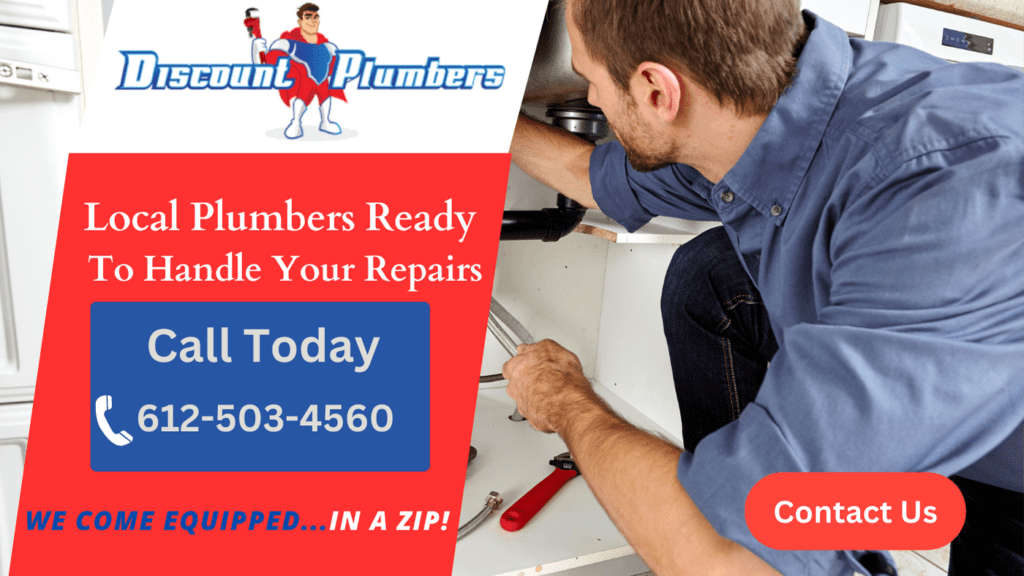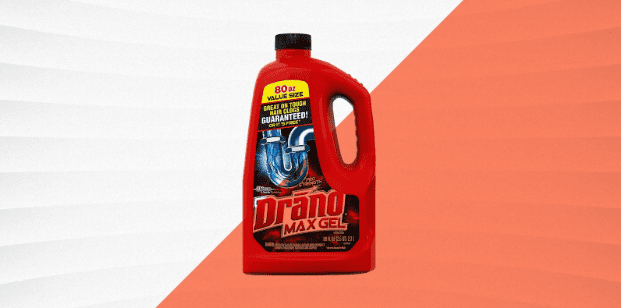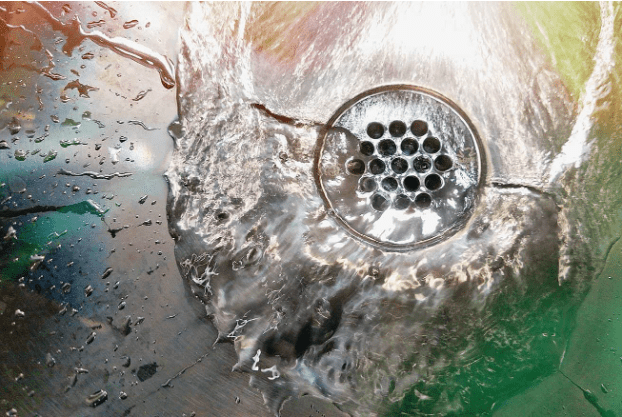Toilet Questions? We've Got Answers.
Welcome to our blog post on the topic of toilets. In this informative piece, we will be addressing ten commonly asked questions that many individuals have about toilets.
Whether you are a homeowner, a renter, or simply curious about the inner workings of toilets, we aim to provide you with accurate and comprehensive answers. With a professional tone, we will delve into various aspects of toilets, including their functionality, maintenance, and common issues.
So, if you have ever wondered about the intricacies of toilets or need some guidance on how to handle toilet-related problems, this blog post is for you. Let’s get started!
1. How Does a Toilet Work?
Toilets are one of the world’s most useful yet simple machines, yet we often take them for granted. In order to properly care for our toilets, it’s crucial that we understand their inner workings – the bowl siphon, flushing mechanism and refill mechanism being its core components.
Pushing the handle will raise a lever inside of the tank which, when raised, releases water through a flush valve at the bottom of the tank into the bowl through a siphon tube, siphoning out all its contents into the sewer system.
The toilet tank contains a rubber flapper which sits atop its tank seat to seal off when empty. As soon as water fills up the tank, an indicator float rises up from within it that signals to its ballcock (water supply valve) when fullness has been reached and stops supplying supply.
Utilizing a toilet is simple and essential to our overall health and wellbeing, yet today 2.4 billion people struggle without access to safe, reliable toilets for survival.
2. Why Is My Toilet Bubbling?
Seeing water bubbling out of your toilet drain could indicate improper venting; to address it may require professional plumbing assistance as this requires breaking through walls to access and disconnect drain lines.
Another frequent toilet issue is seeing water collect at the base of the bowl. This is often due to a damaged wax seal – an essential piece that connects floor flange and toilet base and needs to be intact in order for your toilet to function correctly. While repairs might seem challenging at first, seeing this phenomenon indicates your toilet requires professional intervention immediately.
Tank fill valve isn’t closing correctly after flushing; the float on top of the tank connects directly with it, rising whenever you flush, to open and allow water into your toilet tank. However, if this float is broken or misaligns itself it won’t close and thus the tank won’t fill after you flush.
3. What is a Toilet Flange?
Toilet flanges (sometimes referred to as closet flanges) are pipe fittings used to secure toilets to the floor and connect them with drainage systems. A toilet flange ensures waste goes directly down into drains instead of staying in your bathroom and taking up valuable space.
Flanges are typically constructed of copper, steel, cast iron or brass. Other flange varieties available on the market include aluminum and stainless steel versions – stainless steel being particularly advantageous as it will not rust or corrode while still offering tight seals.
Faulty installation of the flange can cause your toilet to rock or tilt, damaging its wax seal and potentially leaking water onto the floor below it. To avoid this happening again, secure it to the flooring with screws; damaged flooring must first be repaired prior to installing a new one; level fit offset closet flanges allow installers to adjust its height as necessary if the new flange doesn’t lie flush against it.
4. What Should I Do If My Toilet is Leaking?
If your toilet is leaking, it is critical that you act quickly. A leaky toilet can quickly skyrocket your water bill while also potentially causing serious damage to the floor and subfloor of your bathroom over time.
If water is dripping under your toilet, turn off its source by turning the valve clockwise. This valve may be found in either your basement or crawl space depending on where your plumbing runs.
Leakage at the base of your toilet may be caused by any number of issues; from needing to replace its tank-to-bowl gasket to tightening up bolts holding it down or degraded wax rings which allow wastewater to escape through connections between it and drain pipes in the floor.
Also check the wall behind your toilet where the water supply line connects for any signs of moisture damage. Finally, caulk around your toilet fixture if necessary to prevent moisture entering its vicinity and leading to complications like mold growth and wood rot.
5. Why Does My Toilet Occasionally Overflow?
Depending on the configuration of your septic system, your toilet could overflow for various reasons, including an overfull tank or issues in your pipes leading to and from it. In such an instance, professional plumbing services should be called out immediately so they can empty and clean out your tank and system accordingly.
If the overflow is coming from the rim of the bowl, this could be a telltale sign of blocked rim jet holes. Mineral deposits accumulate along these small openings and prevent them from creating their swirling action that forces waste down to drains. You can easily unclog these small holes using mineral remover and flushing your toilet several times afterward to break up any remaining sediment.
Cracked fill valve seals can also lead to overflow, sending water shooting out every time you flush. You can replace this seal by turning off and draining your tank, then taking steps such as removing and installing a new seal (a universal or toilet specific fill valve may work best; many hardware stores sell them and should be easy to use).
6. How Can I Fix a Clogged Toilet?
No matter the cause – whether your child accidentally flushed their beloved stuffed animal down the toilet or you simply forgetting to flush away coffee grounds – toilets can become clogged. Luckily, most clogs can be fixed at home using common household items.
Before attempting to fix a clogged toilet, it’s essential to switch off the water source in order to prevent flooding or any other potential disasters. Furthermore, any items stuck in the drain/bowl such as toys should also be removed as this could further cause damage.
To unclog a toilet effectively, the best approach is using a plunger with an extendable rubber flange designed specifically to fit into its drain opening. Push gently down until clogging has been disturbed before pulling up abruptly to shift debris.
Pouring hot water down the toilet may also help break up clogs; just be careful not to pour boiling water as this could crack its porcelain surfaces and break. If this doesn’t work, however, professional plumbers may need to be hired in order to unclog your toilet successfully.
7. How Can I Unclog a Toilet Without a Plunger?
If you don’t have access to a plunger, there are a few alternative solutions for unclogging your toilet. One is to flush multiple times; this may help loosen and dislodge any organic matter clogging your plumbing and loosen clogs so they can be flushed away more easily.
An alternative method is using hot water to break up the clog. To do this, fill a 2-liter bottle with hot (not boiling) water, remove its lid, and drop the opening directly into your toilet drain before squeezing the bottle to force its hot contents down the pipe.
Alternatively, use a wire hanger to break up or dislodge the clog, making sure to cover its end with cloth or rag to avoid scratching porcelain surfaces. Or squeeze some liquid dish soap directly into your toilet bowl – this may only work on smaller clogs but could come in handy.
8. How Can I Remove Rust Stains from Toilets?
Rust stains are unpleasant to see in any home and difficult to eradicate, yet there are various methods available for doing just that. Luckily, however, they’ve proven successful at eliminating these stubborn marks.
One alternative to the use of bleach is using distilled white vinegar. As this cleaning product contains acetic acid, which can effectively break down and dissolve any rust stains found in your toilet bowl, cleaning vinegar may be more suitable as opposed to food-grade vinaigrette as this latter could damage porcelain surfaces more severely.
Lemon juice and table salt make an effective combination to address rust stains on most household surfaces, with its acidity breaking down the stain while its light abrasiveness providing some additional help against corrosion. This combination can be surprising effective and is safe.
If none of these methods work for you, commercial rust removers may be available at your local store. Most often these contain borax as their active ingredient – an entirely natural mineral that’s safe to use around the house in small doses.
9. My Toilet Has A Foul Odor. What Now?
One way is to maintain a regular schedule for cleaning and deodorizing your bathroom. This includes wiping down walls, floors, sink and bathtub as well as disinfection to combat mildew, mold and fungus which all contribute to foul odors.
Use natural, low-cost air fresheners like eucalyptus leaves as natural air fresheners to fight odors in your restroom, such as hanging them. Hanging them will emit a pleasant pine or mint fragrance while also helping absorb moisture to combat any possible odors that arise from leaky pipes or moisture accumulation.
If, after trying all these steps and your toilet still stinks, it may be necessary to call in professional plumber. Sometimes there can be more at stake than simple homemade solutions like baking soda, vinegar and lemon juice, or essential oils.
Foul odors from toilets may be caused by an issue with the wax ring not properly sealing to the toilet base, allowing air and sewer organisms to seep through from underneath, or by an obstruction in plumbing vent. Another potential culprit could be an old or inoperative plumbing vent system that must be unclogged in order to keep operating at full efficiency.
Odors may also hide in floor drains. While designed to collect toilet overflows, clogged drains can become breeding grounds for unpleasant odors. Bleach may help, and it is advised that you use an enzyme-containing drain cleaner at least once each month for best results.
10. How Can I Improve the Water Efficiency of My Toilet?
Excessive water consumption is detrimental to our environment and economy. Excessive usage strains water utilities, overloads wastewater treatment plants and can even lead to residential septic system malfunction or failure. But don’t despair just yet: there are simple fixes available which may help save water use without replacing toilets with more efficient models.
Add a toilet tank fill cycle diverter. This small piece connects directly to the fill line and overflow tube of the toilet and prevents water from flowing directly down into the bowl after its tank has filled up – saving water that would otherwise flow straight down the drain and potentially saving an average of half-gallon per flush.
Adjusting the flush valve on your toilet can also help save water by adjusting its usage. Hardware stores and home improvement centers sell toilet flapper adjustment kits that make this task simple; newer toilets usually consume only 1.6 gallons with each flush while those manufactured prior to 1990 may use up to 5!
To determine how much water your toilet uses, remove its lid and check for a flush volume stamp or date stamp in its tank. This will indicate how many gallons per flush (gpf) is consumed with each flush (gallons per flush standard is 3.5). If your current model exceeds this benchmark by more than 20%, install a tankless water heater instead, this may save money as well as conserve water globally – gallon by gallon!
Questions To Ask If You Need To Buy a New Toilet.
When considering the purchase of a toilet, there are several important questions you should ask to ensure you make an informed decision. Here are some key questions to consider:
What is the rough-in measurement? The rough-in refers to the distance between the wall behind the toilet and the center of the drainpipe. It is important to know this measurement to ensure the toilet you choose will fit properly in your bathroom.
What is the water usage and efficiency? To conserve water and save on utility bills, it’s essential to consider the toilet’s water usage. Ask about the gallons per flush (GPF) rating and look for toilets with a low GPF, such as 1.28 GPF or less. Additionally, inquire about any water-saving features like dual-flush mechanisms.
Is it a one-piece or two-piece toilet? One-piece toilets are seamless units with the tank and bowl fused together, offering easier cleaning and a sleek appearance. Two-piece toilets have a separate tank and bowl, and they are generally more affordable. Determine which style suits your preferences and needs.
What is the height and size of the toilet? To ensure comfort and accessibility, consider the height of the toilet. Standard height toilets are around 15 inches high, while comfort or chair height toilets are taller, around 17-19 inches high. Additionally, consider the overall size and dimensions of the toilet to ensure it fits your bathroom space.
Does it have any special features? Some toilets come with additional features like built-in bidets, heated seats, self-cleaning mechanisms, or air deodorizers. Determine if any of these features are important to you and if they align with your budget.
What is the flushing system like? Inquire about the flushing mechanism and its performance. Look for toilets with efficient and effective flush systems that prevent clogs and ensure proper waste removal.
Is the toilet compatible with your plumbing system? It’s crucial to ensure that the toilet you choose is compatible with your existing plumbing system. If you have any specific plumbing requirements or limitations, consult a professional to determine compatibility.
What is the warranty and customer support like? Inquire about the warranty provided by the manufacturer. A reliable warranty and good customer support can offer peace of mind and assistance in case of any issues or defects with the toilet.
What is the overall cost? Consider your budget and compare prices across different brands and models. Don’t forget to factor in any additional costs for installation, accessories, or maintenance.
Are there any user reviews or recommendations? Check online reviews and seek recommendations from friends, family, or professionals who have experience with different toilet models. Their insights can provide valuable information and help you make a more informed decision.
By asking these questions and considering your specific needs and preferences, you can choose a toilet that meets your requirements in terms of functionality, efficiency, comfort, and budget.
In Conclusion
Toilets are more than just a basic necessity; they are an essential part of our daily lives. By addressing common questions and misconceptions about toilets, we can ensure proper usage, maintenance, and hygiene.
So, let’s continue to educate ourselves and others about toilets to create a cleaner and more comfortable environment for everyone.
Discount Plumbers in Minneapolis, Minnesota is a reputable plumbing company that excels in toilet installation and repair services. Our professionalism, affordability, and dedication to customer satisfaction make them the go-to choice for homeowners in need of reliable plumbing solutions. Don’t hesitate to contact Discount Plumbers for all your toilet repair or installation needs, and experience our exceptional service for yourself.
Proudly providing ‘plumbers near me services‘ in 65 surrounding metro-areas.









